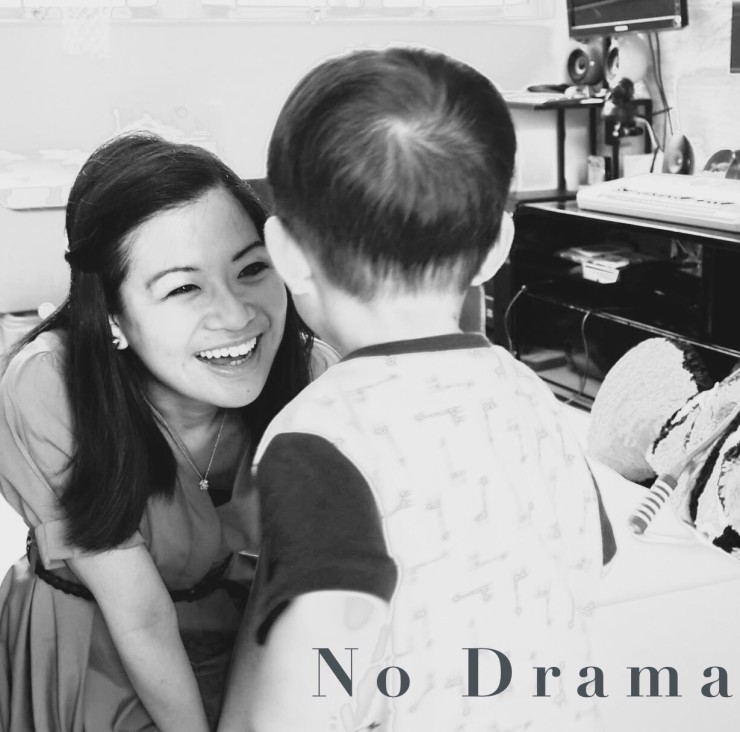As you all know, I have my international adoption families in mind with a lot of my blog posts. On the other hand, I was professionally trained in the United States. Therefore, whenever I learned something in America, I wonder in the back of my mind how it is “translated” in another culture. Dr. Daniel Siegel and Dr. Tina Bryson are some of the most inspirational neuroscientists who try to use “the normal human language” to help parents with parenting. Some of their famous theories, such as Name it to Tame it, or Connect and Redirect have been very helpful tools as I help parents navigate with their parenting while helping their children attach. Recently, I found this following video on Facebook (Sorry, I could not find the original link) with a Cantonese speaking mother “disciplining” (As Dr. Bryson would say “educating” plus an “ahem”, if you had heard her speak in person) her Cantonese speaking child. I was excited to see that not only it worked, but the theory was also demonstrated so clearly.
The Facebook Sample Video (Translated Script):
Mom: You’ll feel better if you let it all out.
Kid: (crying)
Mom: Are you feeling better now?
Kid: Better (still crying)
Mom: Do you feel better (more cathartic)?
Kid: yes (still crying)
Mom: Why don’t cry a little more?
Kid: I’m done crying. (Stopping from crying)
Mom: Not anymore crying?
Kid: Nope.
Mom: Then, go ahead and brush your teeth.
Kid: (brushes his teeth)
Certainly, we don’t know how long the child had been crying before they took their camera/phone out. There could have been a lot more yelling behind the scene, but not uploaded online. However, what Dr. Siegel and Dr. Bryson suggested was so clearly demonstrated here in the video.
Instead of doing what normal parents might do or say, such as,
“No sir/ ma’am. You are not throwing a tantrum over this right now.”
Or
“Please stop crying, or you won’t get dessert. I’m counting on 3 (or 5, or 10)”
There was no labeling (brat, stupid, annoying), there was no yelling or anything too dramatic. The mother was teaching the child to learn about his own emotion(s). Rather than saying, “Cheer up!” “It’s OK.” (No, it’s not OK according to the child.), she was encouraging him to cry. She was connecting with him by attending to his emotions first. She even patted his back a little. Then, she redirects him to brush his teeth (which could have been why he was crying to begin with).
Just another simple-yet-not-easy-theory beautifully done. She might not even realize that what she did was so good for his brain. Think about the last dramatic scenario at home and see if you can come up with an idea how you might connect with your children before directing them. Be creative! You might save yourself some energy from having another drama.
